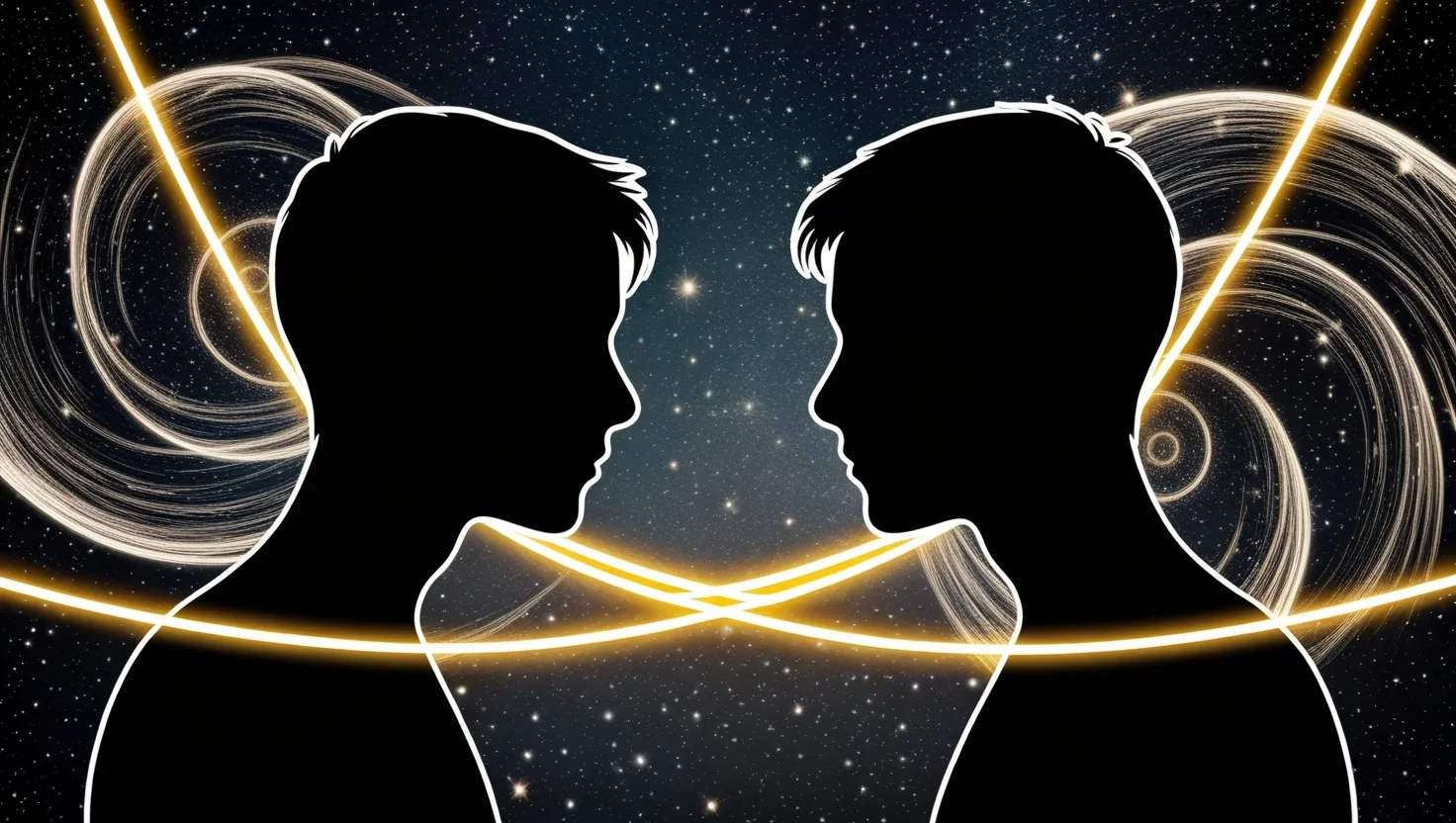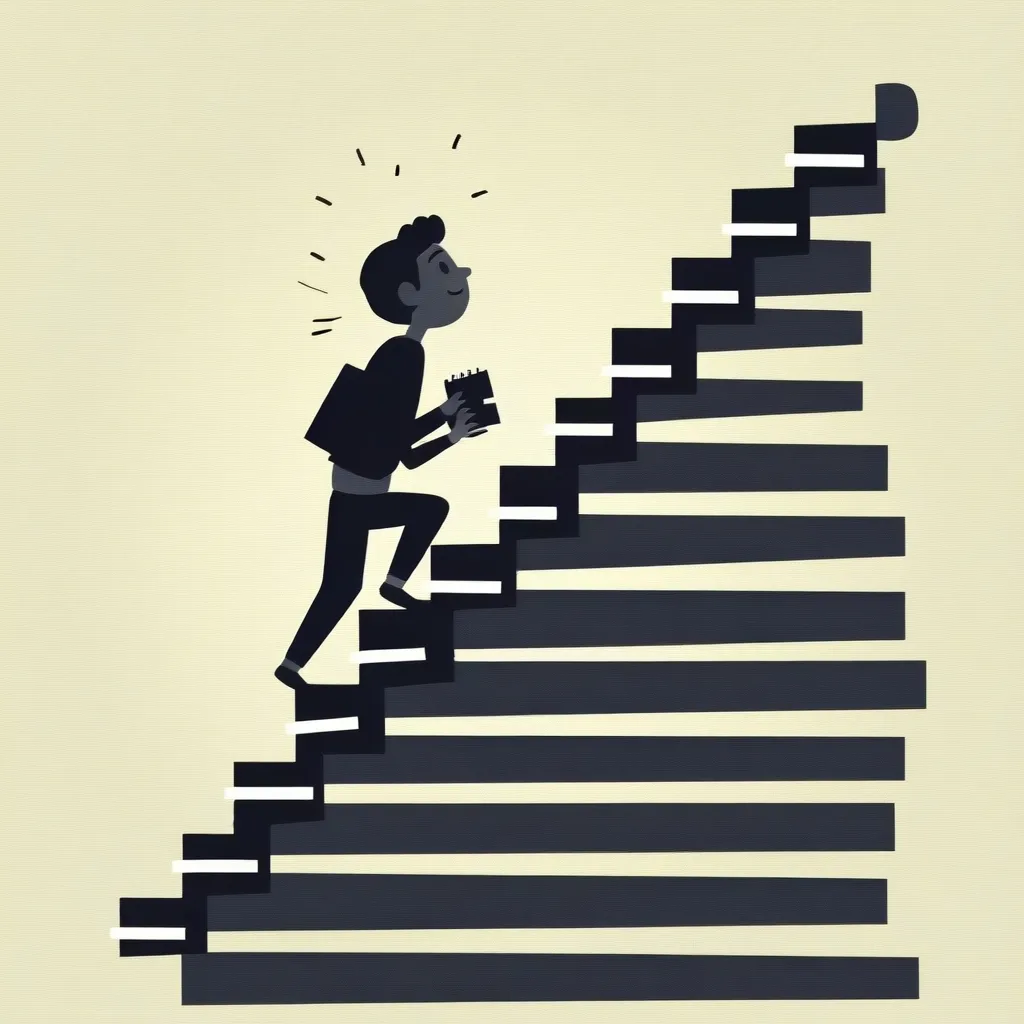In a world where technology and science are constantly evolving, the concept of quantum entanglement has sparked a fascinating discussion about its potential to enhance human connections. Imagine a network where emotional links between people transcend physical and digital barriers, creating a collective emotional intelligence that can revolutionize how we interact, collaborate, and solve problems.
To understand this idea, let’s start with the basics of quantum entanglement. This phenomenon in quantum physics describes how two or more particles become so interconnected that the state of one particle instantly affects the state of the other, regardless of the distance between them. This “spooky action at a distance,” as Albert Einstein called it, has led scientists and theorists to explore whether similar principles could apply to human relationships.
When we think about strong human connections, we often experience moments of synchronicity and empathy that feel almost inexplicable. For instance, you might think of calling a friend just as they send you a message, or feel a sudden emotional tug when someone you care about is going through a tough time, even if they haven’t mentioned it. These experiences aren’t just coincidences; they reflect a deeper level of connection that scientists are beginning to study.
Research in psychology and neuroscience has shown that close partners or couples often exhibit synchronized brainwave patterns, heart rates, and even hormonal levels when interacting. This biological “entanglement” suggests that our connections with others are more profound than we might realize. For example, a study at the University of Colorado Boulder found that when a romantic partner was in pain, holding hands not only reduced their pain but also synchronized the partners’ brainwaves, creating an empathy feedback loop.
The concept of heart rate variability (HRV) also supports this idea. Studies have shown that the heart rates of couples in long-term relationships tend to sync up when they are together, especially during moments of emotional connection. It’s as if their hearts are dancing to the same rhythm, much like entangled particles in the quantum realm.
Now, imagine scaling this up to a global level. A quantum empathy network would allow people to tap into a collective emotional intelligence, enhancing decision-making, creativity, and problem-solving. You could feel the excitement of a team member’s breakthrough halfway across the world or sense the subtle shift in a client’s mood during a virtual meeting. This isn’t about social media or typical online communities; it’s about creating a deep, instantaneous emotional link between individuals.
This approach turns empathy into a powerful, scalable force for collaboration and innovation. In such a network, emotional barriers dissolve, allowing for unprecedented levels of understanding and cooperation. The collective emotional wisdom becomes a tangible resource, transforming how we connect, create, and solve global challenges together.
However, it’s important to note that while these ideas are intriguing, they are still speculative. The application of quantum entanglement to human relationships is more of a metaphorical connection than a direct scientific one. Quantum mechanics operates at the subatomic level, while human relationships and consciousness occur at the macro level. There is currently no empirical evidence that quantum entanglement plays a role in human experiences such as empathy, intuition, or synchronicity.
Despite these challenges, the metaphorical parallels between quantum mechanics and psychological concepts are too compelling to ignore. They invite fascinating dialogue and potential future research. For instance, the concept of synchronicity, coined by Carl Jung, describes meaningful coincidences that seem connected despite lacking a direct causal relationship. Jung believed these events might reflect a deeper level of reality where all things are interconnected.
In this context, a quantum empathy network could be seen as a way to tap into this deeper level of reality. By leveraging the principles of quantum entanglement, we might create a system where emotional connections are not limited by distance or time. This could revolutionize how teams work together, how we understand each other’s needs, and how we approach global challenges.
The idea of such a network also raises interesting questions about the nature of consciousness and how it interacts with the physical world. While we are far from fully understanding these interactions, the clues hint that our relationships have more to them than what meets the eye. Just as entangled particles remain linked across vast distances, so too do our hearts and minds, bound by forces that transcend space and time.
In practical terms, this could mean developing new tools and technologies that enhance emotional intelligence and empathy. For example, wearable devices that monitor and sync heart rates or brain activity could help teams stay in tune with each other’s emotional states. Virtual reality platforms could be designed to simulate the feeling of being in the same room as someone, enhancing the sense of connection and empathy.
The financial implications of such a network are also significant. Companies that invest in technologies that foster deeper emotional connections among their teams could see improved collaboration, creativity, and problem-solving. This, in turn, could lead to better decision-making and innovation, driving business success in a highly competitive world.
On a personal level, being part of a quantum empathy network could transform how we live and interact. Imagine being able to sense the emotional state of your loved ones instantly, no matter where they are in the world. This could lead to more supportive and understanding relationships, where emotional barriers are dissolved, and empathy becomes a guiding force.
As we continue to explore the mysteries of the quantum world and its potential applications to human relationships, we are opening up new avenues for understanding and connection. While the scientific community may debate the direct application of quantum entanglement to human experiences, the metaphorical connections are undeniable. They offer a profound insight into the interconnectedness of human beings and the potential for a more empathetic, collaborative world.
In this quantum-empathetic world, emotional wisdom becomes a collective resource that we can all tap into. It’s a world where feeling the excitement of someone’s breakthrough or sensing the subtle shift in someone’s mood is not just a possibility but a reality. This is not just about technology or science; it’s about creating a deeper, more meaningful way of connecting with each other.
As we move forward, it’s crucial to approach these ideas with both scientific rigor and philosophical curiosity. Future research in fields such as quantum biology and consciousness studies may shed more light on these questions, but for now, the link between quantum entanglement and human connection remains a tantalizing mystery that invites us to explore the deeper nature of our relationships.
In the end, the concept of a quantum empathy network is more than just a speculative idea; it’s a vision for a world where empathy and understanding are the guiding forces behind our interactions. It’s a world where we can feel connected to each other in ways that transcend the physical and digital barriers that currently separate us. And as we strive to build this world, we are not just leveraging science and technology; we are tapping into the very essence of what makes us human.






